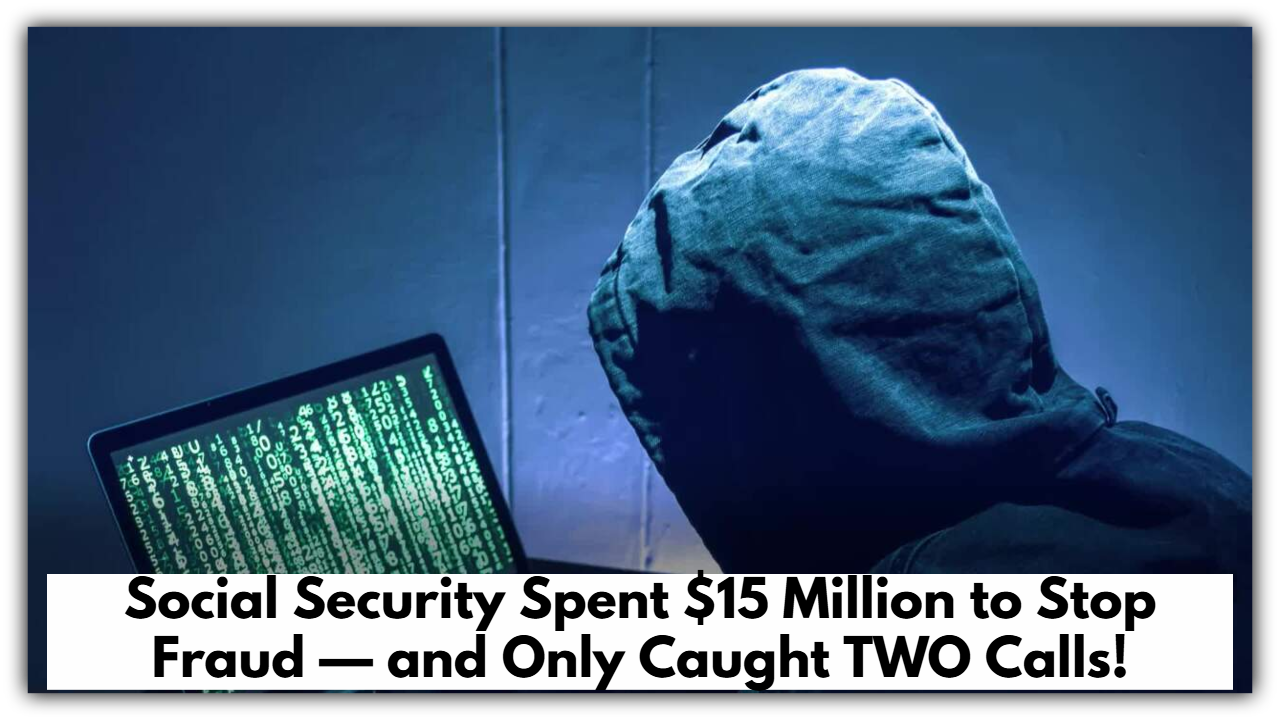Social Security Spent $15 Million to Stop Fraud — and Only Caught TWO Calls!
Imagine this: you’re counting on your Social Security benefits to pay the bills, and suddenly your payment is delayed because of new anti-fraud rules. The worst part? The fraud they were looking for… barely even existed.
That’s what just happened at the Social Security Administration (SSA) — and people are understandably frustrated.
The Misunderstood Statistic That Started It All
A while back, a report started making the rounds claiming that 40% of Social Security phone calls were tied to fraud. That number shocked a lot of folks and sparked fear that scammers were everywhere.
So the SSA responded — fast. They rolled out a $15 million fraud detection system meant to flag suspicious calls and protect benefits.
But here’s the catch: that original stat? It was misunderstood.
The real number meant that 40% of fraud cases involving direct deposit included some kind of phone interaction. It didn’t mean that 40% of all Social Security calls were fake or shady. Unfortunately, by the time that became clear, millions had already been spent.
A $15 Million System That Flagged… Just Two Calls
The fancy fraud-detection tool scanned over 110,000 calls. And out of all those? It flagged only two for being potentially fraudulent. Yes — just two.
That’s a fraud rate of basically zero.
And while protecting Social Security is important, the truth is, this system caused more trouble than it solved.

Real People Were Affected — And Not in a Good Way
To go along with the system, SSA put a three-day hold on any claims filed by phone. The idea was to give them time to double-check for fraud.
But that delay caused serious problems.
People who filed over the phone — many of them older, disabled, or without internet access — ended up waiting longer for the benefits they desperately needed. According to SSA’s own data, claims processing slowed down by 25%.
Imagine needing money for your prescriptions or rent, only to be told your claim is on hold “just in case.”
So What’s Happening Now?
After seeing how little fraud the system actually caught — and how much frustration it caused — the SSA is backing off.
Here’s what they’re doing now:
-
They’ve removed the three-day delay for phone claims.
-
They’re rethinking how the fraud detection works, focusing more on actual high-risk activity.
-
And they’re admitting that the original data that triggered all of this wasn’t fully understood.
It’s a bit of a course correction — one that came after some unnecessary stress for people who did nothing wrong.
This whole situation shows just how easily things can spiral when data is misunderstood. Yes, fraud is real. But when efforts to fight it end up punishing the very people who rely on Social Security to survive — something’s clearly off.
Thankfully, the SSA is listening and adjusting. Let’s just hope they continue to put people first, especially those who can’t afford to wait.


Comments are closed, but trackbacks and pingbacks are open.